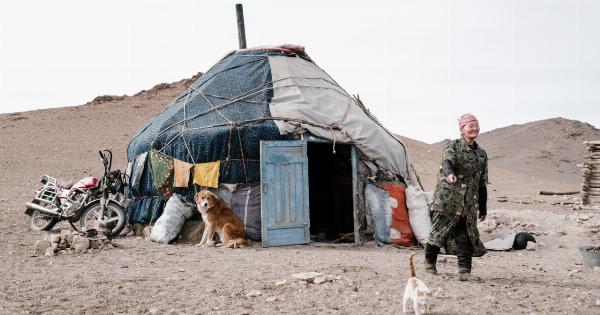Slums are densely populated areas characterized by poor housing conditions, inadequate sanitation, and limited access to basic services.
These informal settlements often face a myriad of health issues, resulting from overcrowding, poverty, and lack of proper infrastructure. In this article, we explore five slums around the world that have shocking health challenges.
1. Dharavi, Mumbai, India
Dharavi, Asia’s largest slum, is home to over a million people crammed into just 2.5 square kilometers.
The lack of proper sanitation facilities and limited access to clean water contribute to various health problems, including diarrheal diseases, pneumonia, and tuberculosis. Inadequate waste management also poses a significant risk to residents’ health.
2. Kibera, Nairobi, Kenya
Kibera, one of Africa’s largest slums, suffers from numerous health issues due to overcrowding and unsanitary living conditions.
Lack of proper drainage systems leads to frequent flooding, further exacerbating the spread of waterborne diseases like cholera. The absence of proper healthcare facilities and limited access to clean water further compound the health challenges faced by residents.
3. Cité Soleil, Port-au-Prince, Haiti
Cité Soleil in Haiti is a sprawling slum plagued by extreme poverty and widespread violence.
The absence of basic sanitation, coupled with limited healthcare services, contributes to high rates of infectious diseases such as malaria, cholera, and HIV/AIDS. Malnutrition is also prevalent among children living in this slum, negatively impacting their overall health and development.
4. Orangi Town, Karachi, Pakistan
Orangi Town is one of the largest slums in Pakistan, accommodating millions of residents in cramped conditions.
Lack of clean drinking water and poor sanitation infrastructure contribute to the prevalence of waterborne diseases such as typhoid and hepatitis. Additionally, inadequate waste management leads to the contamination of water sources and the spread of diseases like dengue fever and respiratory infections.
5. Rocinha, Rio de Janeiro, Brazil
Rocinha, located in Rio de Janeiro, Brazil, is known as one of the largest favelas in South America.
The slum suffers from a lack of infrastructure, leading to issues like inadequate sewage systems, irregular garbage collection, and insufficient access to healthcare services. These conditions contribute to the spread of diseases such as tuberculosis, dengue fever, and drug-resistant bacteria.
Conclusion
Slums face various shocking health issues due to overcrowding, poor sanitation, and limited access to healthcare services. The five slums mentioned above exemplify the challenging circumstances faced by millions of people worldwide.
Addressing these health issues requires concerted efforts from governments, non-profit organizations, and communities to improve living conditions, provide access to clean water and sanitation, and ensure proper healthcare facilities.




























